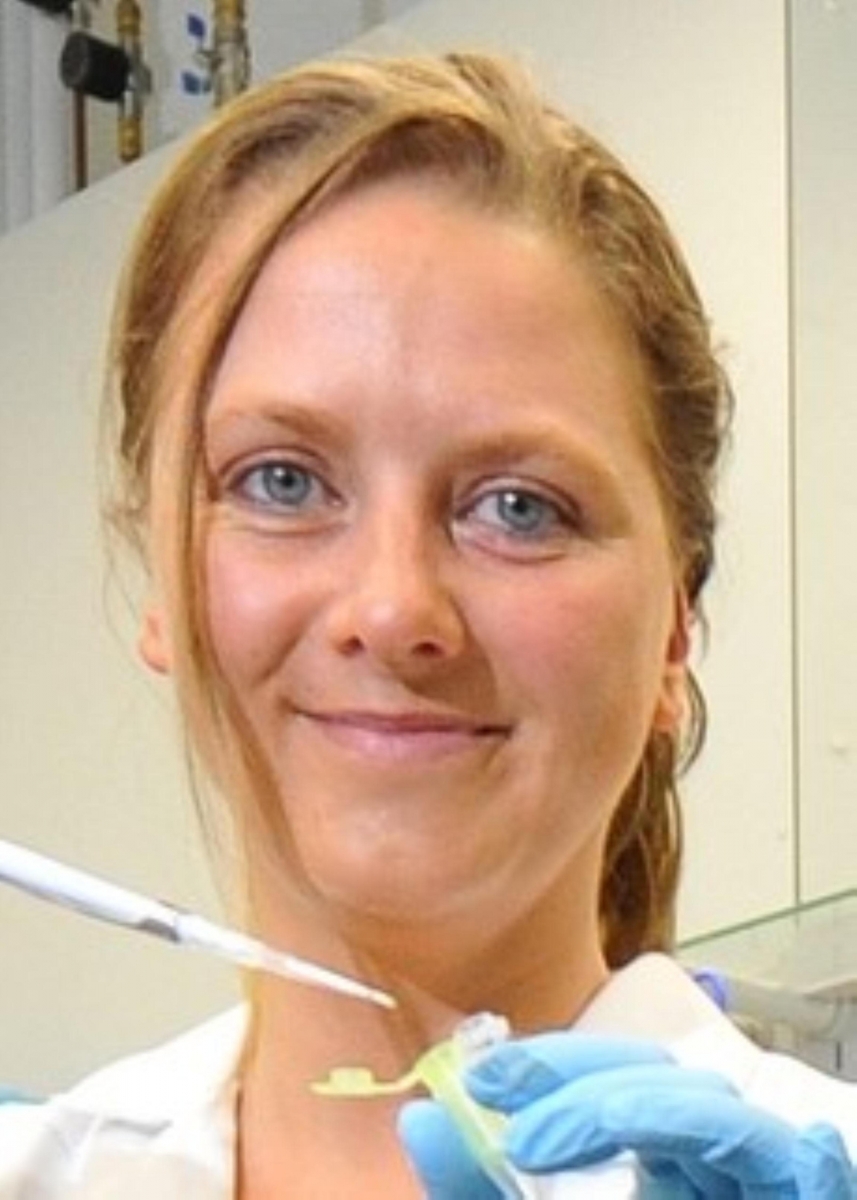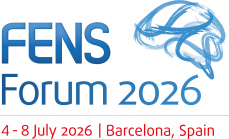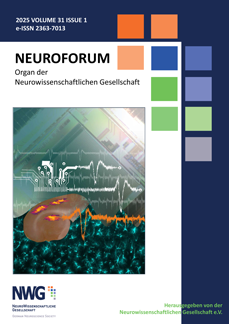Curriculum Vitae
|
Geburtsdatum |
29.04.1971 in Flensburg, Germany |
Education and Affiliations
|
09.1995 |
Diploma (M.Sc.) in Biochemistry & Molecular Biology (Major: Neuroscience)
University of Hamburg, Germany |
|
01.1996-04.1999 |
Graduate student, Center for Molecular Neurobiology Hamburg, ZMNH (Prof. O. Pongs) & Zoological Institute, Hamburg University, Germany (Supervisor Prof. M. Gewecke) |
|
04.1999 |
Graduation, Dr. rer. nat. (PhD), University of Hamburg, Germany |
|
05.1999-09.2001 |
Postdoctorate, Laboratory of Physiology (Prof. FM. Ashcroft), and MRC ANU (Prof. P. Somogyi), University of Oxford, UK |
|
10.2001-01.2003 |
Royal Society Dorothy Hodgkin Research Fellow, Laboratories of Pharmacology and Physiology, University of Oxford, UK |
|
02.2003-03.2007 |
Junior-Professor for Neurophysiology (tenure-track C2/C3),
Institute for Physiology (Prof. J. Daut), Marburg University, Germany |
|
04.07-08.2010 |
Full Professor (W3), Institute for General Physiology (Prof. P. Dietl).
University of Ulm, Germany |
|
Since 09.2010 |
Director, Institute of Applied Physiology, University of Ulm, Germany |
|
Since 01.2019 |
Visiting Fellow / Guest Professor (no teaching obligation), New College and Linacre College, University of Oxford, UK |
|
11.2020-03.2022 |
Elected Fellow of the HIAS (Hamburg Institute for Advanced Study) Wissenschaftskolleg |
Selected Postgraduate Stipends & Awards / Honours
|
1999-2000 |
Blaschko Visiting Research Fellowship & Cephalosporin Junior Research Fellowship, Linacre College, Oxford University, UK |
|
2000-2003 |
Todd-Bird Biochemistry Junior Research Fellowship, New College, Oxford University, UK |
|
2001-2005 |
Royal Society Dorothy Hodgkin Research Fellowship, Oxford University, UK |
|
2006 |
German Brain Research Society Award (Hirnliga-Preis) |
|
2007 |
Alfried Krupp Prize for young University Professors in Germany |
Selected Academic Functions / Boards
|
Since 2009 |
Board Member: Excellence at German Universities (Head: E. Bulmahn) |
|
Since 2016 |
Scientific Advisory Board: Oxford Parkinson’s disease Centre OPDC |
|
2016-2019 |
Board of Directors: Deutsche Physiologische Gesellschaft (DPG) |
|
Since 2017 |
Scientific Advisory Board: Alfried Krupp Foundation |
|
2019 |
President & Chair of the 98th joint meeting of the German Physiological Society in Ulm (http://www.dpg2019.de) |
|
Since 2019 |
Board Member: Kommission zur Weiterentwicklung kompetenzorientierter Gegenstandskataloge, NKLM |
|
Since 2020 |
Board Member: Kontroll- und Überprüfungskommission, Institut für medizinische und pharmazeutische Prüfungsfragen (IMPP) |
Reviewer:
|
Grants |
DFG, DAAD, Welcome Trust, FWF, Krupp, and other |
|
Journals |
Nature Commun, PNAS, Brain, Cell Rep, NAR, J. Neurosci, J Neurochem etc. |
|
Selected publications
Main research areas: ion channels, receptors & transporters, Ca2+ signalling, dopaminergic system, aging, neurodegenerative disease, cellular & systemic neuroscience.
All publications downloadable as PDF: https://www.uni-ulm.de/med/angewphys/forschung/liss/publikationen/
-
Benkert J, Hess S, Roy S, Beccano-Kelly D, Wiederspohn N, Duda J, Simons C, Patil K, Mannal N, Dragicevic E, Spaich D, Mueller S, Nemeth J, Hollmann H, Deuter N, Mousba Y, Kubisch C, Poetschke C, Striessnig J, Pongs O, Schneider T, Wade-Martins R, Patel S, Parlato R, Frank T, Kloppenburg P, Liss B (2019): Cav2.3 channels trigger selective dopaminergic neuron loss in Parkinson’s disease. Nature Commun 10:5094.
-
Simons C, Benkert J, Deuter N, Poetschke C, Schneider T, Duda J, Liss B (2019): NCS-1 deficiency affects mRNA-levels of genes involved in regulation of ATP-Synthesis and mitochondrial stress in highly vulnerable Substantia nigra dopaminergic neurons. Frontiers Mol Neurosci, 12:252
-
Liss B and Striessnig J (2019): L-Type Calcium Channels a Drug Target for Neuroprotective Therapy in Parkinson Disease. Annu Rev Pharmacol Toxicol, 59:20.1-20.27.
-
Grimm CM, Aksamaz S, Schulz S, Teutsch J, Sicinski P, Liss B, Kätzel D (2018): Schizophrenia-related cognitive dysfunction in the Cyclin-D2 knockout mouse model of ventral hippocampal hyperactivity. Transl Psychiatry. 8(1):212.
-
Krabbe S, Duda J, Schiemann J, Poetschke C, Schneider G, Kandel ER, Liss B, Roeper J, Simpson EH (2015): Increased Dopamine D2 Receptor Activity in the Striatum Alters the Firing Rate and Burst Activity of Dopamine Neurons in the Ventral Tegmental Area. PNAS, 112(12):E1498-506. IF: 10.8.
-
Dragicevic E, Poetschke C, Duda J, Schlaudraff F, Lammel S, Schiemann J, Fauler M, Hetzel A, Watanabe M, Lujan R, Malenka RC, Striessnig J, Liss B (2014): Cav1.3 channels control D2-autoreceptor responses via NCS-1 in Substantia Nigra dopamine neurons. Brain, 137(8):2287-302.
-
Schlaudraff F, Grundemann J, Fauler M, Dragicevic E, Hardy J, Liss B (2014): Orchestrated increase of dopamine and PARK mRNAs but not miR-133b in dopamine neurons in Parkinson's disease. Neurobiol Aging, 35:2302-15.
-
Schiemann J, Schlaudraff F, Klose V, Bingmer M, Seino S, Magill P, Zaghloul K, Schneider G, Liss B+, Roeper J+ (2012):. ⦁ K-ATP channels in dopamine substantia nigra neurons control bursting and novelty-induced exploration. Nat Neurosci, 15(9):1272-80.
-
Sperka T, Song Z, Morita Y, Nalapareddy K, Guachalla LM, Lechel A, Begus-Nahrmann Y, Burkhalter MD, Mach M, Schlaudraff F, Liss B, Ju Z, Speicher MR, Rudolph KL. (2011): Puma and p21 represent cooperating checkpoints limiting self-renewal and chromosomal instability of somatic stem cells in response to telomere dysfunction. Nat Cell Biol, 14(1):73-9.
|




